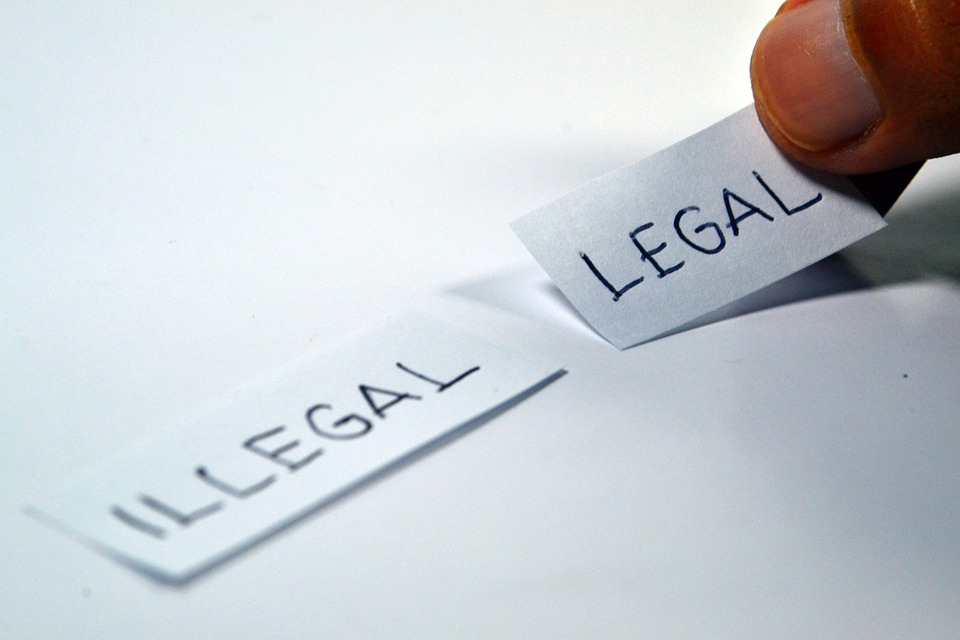Elements of negligence in personal injury claims
Social coherence is promoted by mutual respect among citizens and adherence to the rule of law. The law of the land is tantamount to the preservation of peace and order. However, it is improbable that every citizen will observe the law at all times hence the need to have government agencies to enforce and regulate social order. The tort of negligence is the most prevalent in the society and Ligori Law Firm specialize in such litigation. Negligence is the failure of one individual to observe reasonable care in carrying out some actions in such a way that they cause harm to their neighbors.
In the landmark case of Donoghue v Stevenson, a neighbor is defined as a person to whom you owe a duty of care and whose wellbeing you ought to have in mind in the performance of your actions. Personal injury claims are usually based on the principle of negligence, and it entails one litigant who is the Plaintiff seeking damages liability and damages from the defendant who is the tortfeasor. However proving a claim of negligence is quite an uphill task due to the burden and standard of proof placed upon the plaintiff or the person seeking the court’s redress. In this regard, the elements of proving negligence are listed as follows;
Duty of care
The aforementioned case of Donoghue v Stevenson dictates that for you to succeed in a personal injury claim, it is imperative to prove that the defendant owed you a duty of care and in that regard ought to have acted reasonably. This element is measured against the neighbor principle. It is a person who is within the definition of a neighbor that can claim that the defendant owed them a duty of care.
Breach of duty
Further, it is essential for a plaintiff to prove that the defendant’s actions were so unreasonable that they breached the duty of care. It must be established that the defendant acted in an unreasonable manner. For example, when a doctor prescribes medication that is detrimental to the patient it is conceivable that a breach of duty has occurred.
Direct cause of injury
 The plaintiff ought to ascertain that the actions by the defendant were so unreasonable that they caused the personal injury. Also, the injury must be suffered by the person claiming redress. The injury must be directly related to the actions of the defendant. For example, in an accident, the driver will only be liable for injuries incurred during the accident and nothing prior.
The plaintiff ought to ascertain that the actions by the defendant were so unreasonable that they caused the personal injury. Also, the injury must be suffered by the person claiming redress. The injury must be directly related to the actions of the defendant. For example, in an accident, the driver will only be liable for injuries incurred during the accident and nothing prior.
Proof of monetary losses
It is a requirement of the law that the defendant brings to court some form of evidentiary proof substantiating that he suffered monetary loss due to these actions of negligence. Hospital receipts have been used as such evidence.





